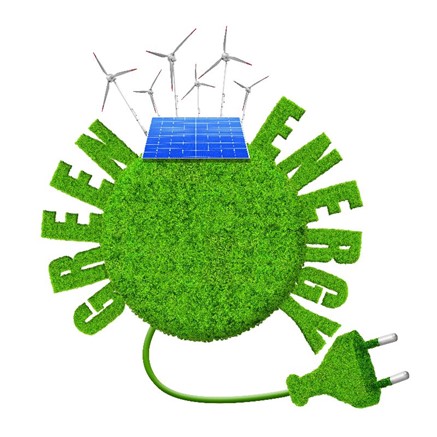Abe Issa is a solar industry and clean energy entrepreneur, and former CEO of EnviroSolar Power. Under his leadership, EnviroSolar grew to one of the Top 10 solar leaders in the industry. Abe Issa has helped several of the top 20 solar brands build and scale their salesforces. Companies look for his expertise in the sales world as he has helped them build programs resulting in billions in solar sales.
In the following article, Abe Issa discusses how the Inflation Reduction Act will increase solar installation in the United States, the tax breaks for producers, credits for consumers, and the influx of jobs it will create in the industry.
The recent Inflation Reduction Act signed into law by the Biden Administration contains a vast range of provisions meant to bolster the economy, lower rapidly rising inflation, and provide a boon for renewable energies through increased royalty rates and widespread tax breaks. Thanks to these provisions, the solar industry is set to grow rapidly as more Americans are incentivized to install solar panels explains Abe Issa Solar.
According to some estimates, the bill will directly lead to a rise in installations by up to 40%, cementing solar’s place within the American energy sector. Abe Issa Solar breaks down the exact provisions included in the Inflation Reduction Act (IRA) to better understand how the bill can produce such results and discovers how the solar industry will benefit in the coming months and years.
Abe Issa Says the Act Comes at a Good Time
According to Abe Issa Solar and sales projections for 2022, solar installations have hit their lowest point since 2019, largely due to the compounding effects of supply chain issues and an ongoing investigation by the Commerce Department into solar cells important from Thailand, Cambodia, and Vietnam.
According to the Department’s claims, Chinese companies have been exporting parts through Southeast Asia to avoid tariffs. Because of this ongoing investigation, solar companies have had to source their products from new markets in a global economy already reeling from a lack of stable supply lines. Yet, the IRA hopes to reverse some of these downturns explains Abe Issa Solar.
The IRA Will Extend the Investment Tax Credit (ITC) by 10 Years
The Investment Tax Credit is currently set to decrease from its current 30% rate to 26% in 2023. However, the IRA will extend the ITC by 10 years, meaning that the 30% rate will remain in place until 2033 before dropping again to 23% in 2024. This is a significant victory for the solar industry as the ITC has been one of the most important federal incentives for solar installations.
The ITC has been responsible for a 3,600% increase in solar capacity since it was first enacted in 2006 and it is expected to continue playing a major role in the industry’s growth. In addition, the IRA will also make the ITC available to a wider range of entities, including non-profits and electric cooperatives by reducing the cost of operating and installing panels on a mass scale.
The IRA Also Includes Two New Tax Breaks for Clean Energy Producers
Beyond simply expanding existing tax credits, the Inflation Reduction Act will also authorize two new tax credits starting in 2024. The first, the Clean Electricity Production Credit, will provide a variable tax credit for electricity producers creating energy from renewable sources such as solar, wind, and geothermal, depending on employee wages and the source of materials used to build the plant.
Abe Issa Solar says that if a producer meets all of the credit provisions, they can earn a total credit worth up to 50%. This is a significant increase from the current Production Tax Credit, which provided a 2.3 cent per kilowatt-hour incentive for solar energy. The second, the Clean Electricity Investment Credit, will provide a similar set of tax credits, although it also applies to standalone battery producers.
These new credits will make solar energy much more financially viable as an electricity source and are expected to lead to a boom in solar installations, as well as battery storage sites that will make solar power more widely accessible says Abe Issa Solar.

The IRA Directly Impacts Individual Consumers
Last but not least, Abe Issa Solar says that the IRA will make it cheaper for individual Americans to purchase and install solar panels by increasing Energy Efficient Home Improvement Credit, as well as the Residential Clean Energy Credit. Thanks to these increases, homeowners can now deduct up to 30% of the cost of installing a solar panel, which is a major increase from the previous flat-rate $500 deduction.
Given that the average residential solar panel setup can cost as much as $11,000, this works out to savings of over $3,000 per family. Abe Issa Solar says that this money will surely make its way back into the economy, helping to increase consumer confidence at a time when inflation has made the cost of basic amenities nearly unaffordable.
The Takeaway
Through a range of tax breaks and extensions, the Inflation Reduction Act will have a major impact on the solar industry, increasing installations by as much as 40%. This growth will hopefully have a ripple effect throughout the economy, helping to create jobs, reduce energy costs, and increase consumer confidence at a time when the economy seems to be shrinking explains Abe Issa Solar.








